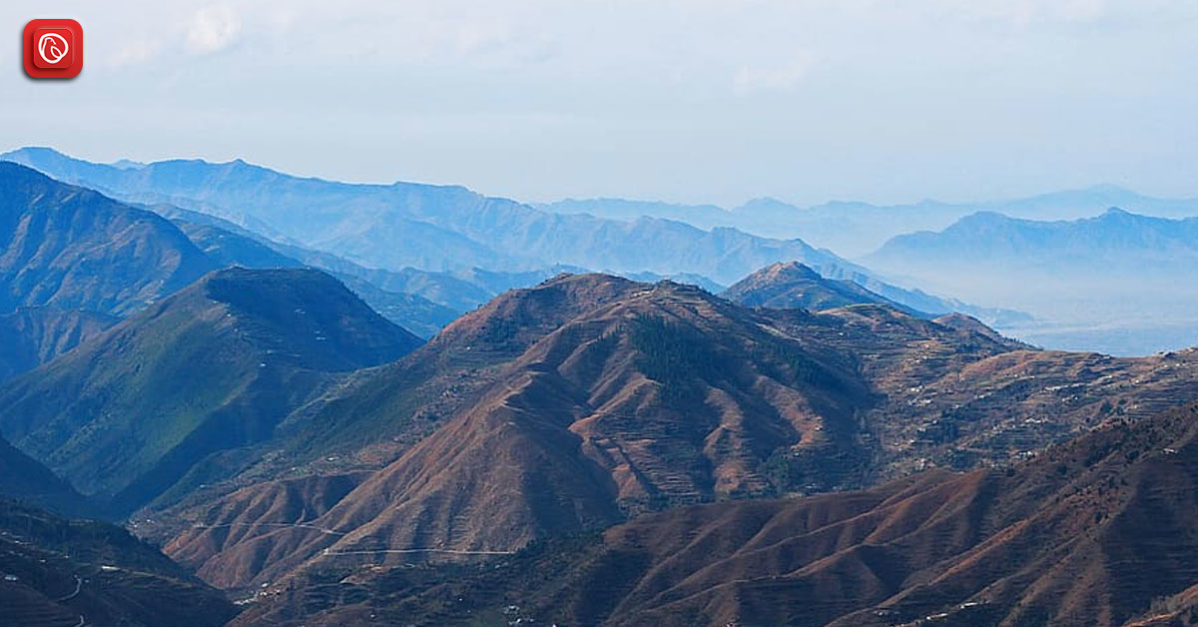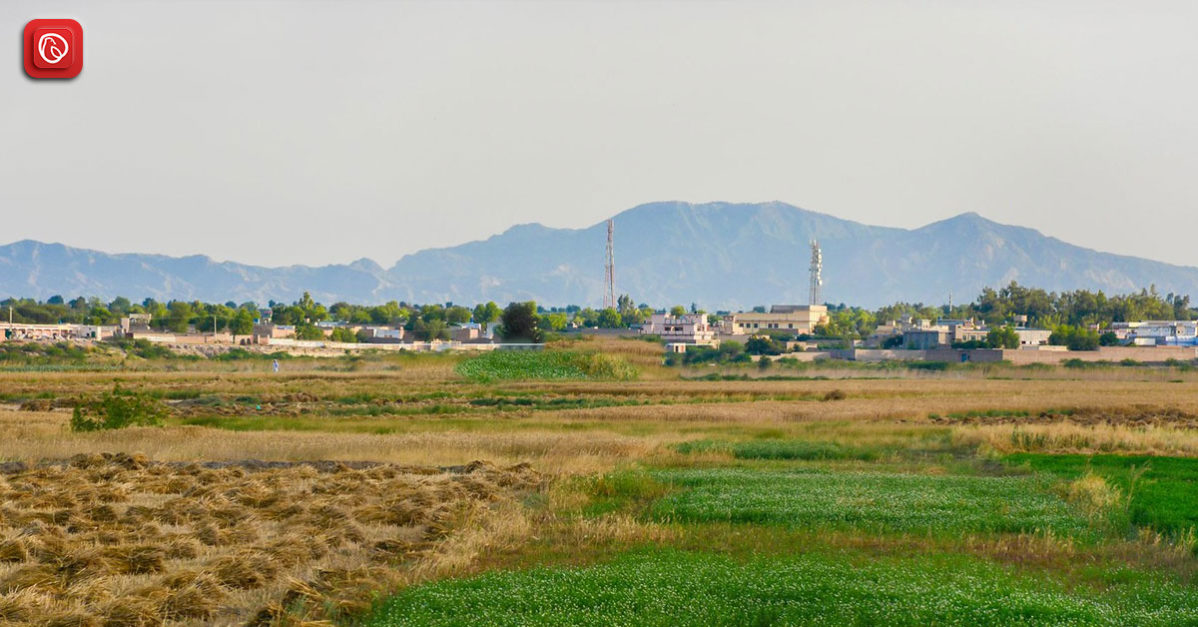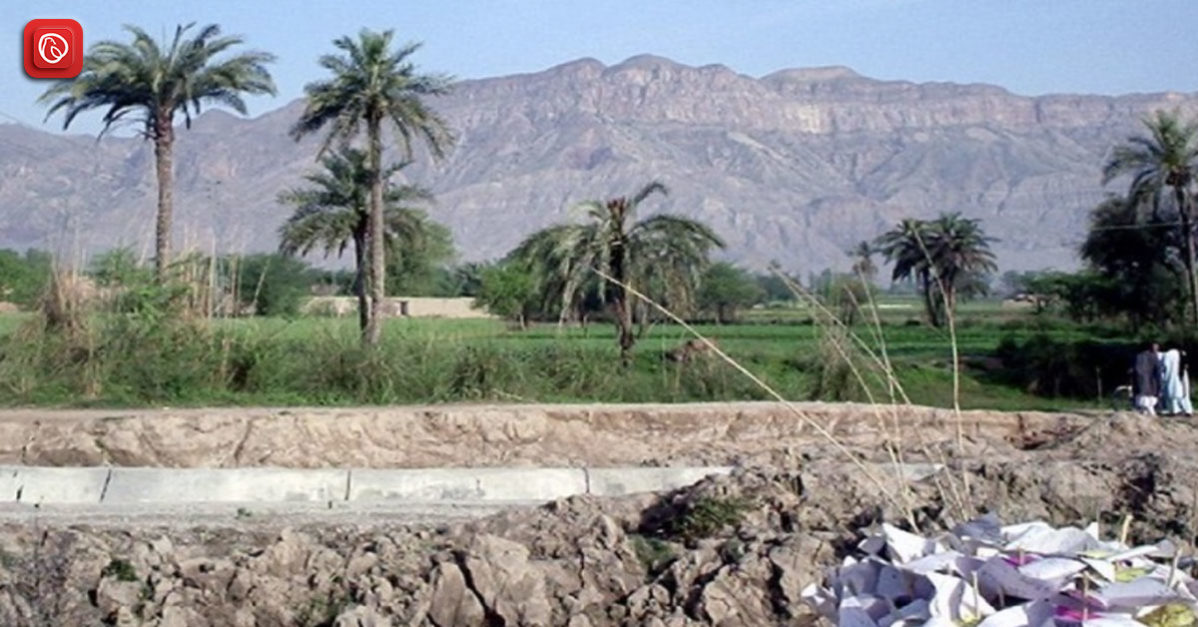The magnificent architectural wonder known as Darbar Mahal is a monument to the illustrious past and opulence of that time. The royal palace is in the centre of Bahawalpur city and has undergone centuries of changes, yet it still stands as a testament to cultural relevance and eternal beauty.
In this blog, Graana.com will explore the majestic Darbar Mahal’s history, architecture, and cultural significance while delving into the minute elements that make it an architectural wonder of the ages.
A Glimpse into Historical Significance
Darbar Mahal, also known as the Palace of the Royal Court, possesses deep historical ties to the Mughal Empire, a dynasty renowned for its opulence and architectural prowess.
Its construction commenced during the reign of Emperor Akbar in the 16th century, serving as an exclusive residence for Mughal emperors. The very foundation of Darbar Mahal was established by skilled artisans and architects.
Influence of Mughal Architectural Elegance
The architectural design of Darbar Mahal mirrors the quintessential indo-islamic and Mughal style architecture, characterised by intricate carvings, soaring arches, and majestic domes.
Every element of its structure showcases the Mughal dynasty’s commitment to symmetry and aesthetics. The use of both red sandstone and pristine white marble creates a striking contrast, emphasizing its grandeur.
The Evolution of Darbar Mahal Through History
Over time, the Darbar Mahal has undergone various transformations under different rulers. Each dynasty contributed its unique touch to the palace, resulting in a fusion of architectural styles. The intricacies of its design evolved with each passing era, from the Mughals to subsequent rulers who recognised its enduring historical importance.
Architectural Splendour
The exterior of Darbar Mahal presents an awe-inspiring spectacle. Elaborate facades, embellished with a fusion of Persian and Indian motifs, beckon visitors into its enchanting embrace. The craftsmanship displayed in every corner is impeccable, featuring a tapestry of geometric patterns and floral designs that narrate tales of a bygone era. The majestic entrance, framed by towering arches, extends a royal welcome to all approaching.
Courtyards and Gardens
Within the palace’s confines lie exquisite courtyards and gardens, once the backdrop for royal gatherings and festivities. These verdant spaces offer a serene escape from the bustling city. Adorned with fountains, reflecting pools, and meticulously landscaped greenery, these courtyards form a tranquil oasis. It’s effortless to envision the bygone royalty strolling through these gardens, enveloped in the fragrance of exotic blooms.
Intricate Interiors
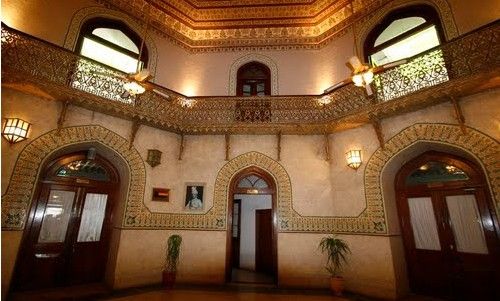
Stepping into Darbar Mahal unveils a realm of opulence that few palaces can rival. The interiors are adorned with ornate frescoes, marble work that shimmers in the gentle light, and magnificent chandeliers that dangle like precious jewels from the ceilings.
Each chamber narrates its unique story, with every detail painstakingly preserved. The corridors have arches and intricate latticework, evoking a sense of grandeur that leaves visitors in awe.
Cultural Significance
Darbar Mahal continues to serve as a thriving centre for cultural enrichment, ardently safeguarding and promoting the opulent heritage of the region. It plays host to an array of festivities, art exhibitions, and live performances that showcase the talents of local artisans.
The palace acts as an evocative platform where history comes to life through the mesmerising mediums of dance, music, and theatre. These captivating events not only captivate audiences but also impart profound insights into the cultural lineage intrinsic to the palace.
Local Narratives and Folklore
Darbar Mahal is steeped in captivating local narratives and folklore, bestowing upon it an air of mystique that adds to its enduring allure. According to local tales, the palace is rumoured to be inhabited by benevolent spirits.
Though the veracity of these accounts remains a subject of debate, they undeniably contribute to the palace’s mystique, beckoning those with an inclination for the enigmatic.
Dedicated Restoration Endeavours
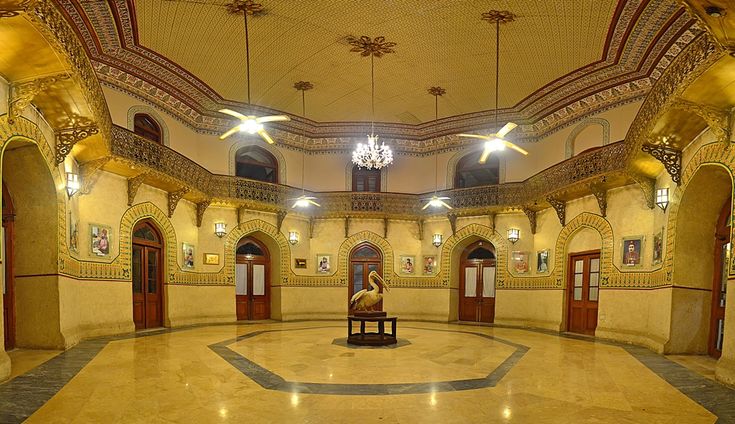
In recent times, concerted endeavours have been diligently undertaken to meticulously restore Darbar Mahal to its former magnificence. Moreover, preservation initiatives are meticulously designed to ensure that forthcoming generations can continue to marvel at its profound historical significance.
Artisans of exceptional skill have been engaged to meticulously revive the intricate carvings. The overarching objective is to guarantee that Darbar Mahal persists as an enduring testament to the architectural brilliance of its era.
Conclusion
Darbar Mahal is not just a palace; it’s a living embodiment of history, culture, and architectural genius. As visitors explore its hallowed halls and gardens, they embark on a journey through time, experiencing the grandeur of bygone eras. This majestic palace stands as a reminder of the enduring legacy of the Mughal Empire and the vibrant culture it fostered.
FAQs about Darbar Mahal
Following are some frequently asked questions about Darbar Mahal.
Where is Darbar Mahal located?
Darbar Mahal is located in Bahawalpur, a city in the Punjab province of Pakistan. It is a historical palace that serves as a significant cultural and architectural landmark in the region and one of the top historical landmarks to visit in Bahawalpur.
Is Darbar Mahal open to the public?
Yes, Darbar Mahal is open to the public, allowing visitors to explore its rich history and architectural beauty. It serves as a cultural treasure open to all who wish to partake in its splendour.
Are there guided tours available?
Indeed, guided tours are available, providing in-depth insights into the palace’s history, architectural significance, and the stories that linger within its walls. Knowledgeable guides make the experience truly enriching.
What are the best times to visit Darbar Mahal?
The best times to visit Darbar Mahal are during the spring and autumn. This is when the weather is pleasant, allowing for a more enjoyable exploration of the palace and its gardens. These seasons offer comfortable temperatures and lush greenery.
Can visitors take photographs inside Darbar Mahal?
Photography is generally allowed in designated areas of the palace. You can capture the intricate details and beauty of Darbar Mahal. However, it’s advisable to check with the authorities for any specific rules or restrictions in place during your visit.
To read about Noor Mahal Bahawalpur, visit the Graana blog.

